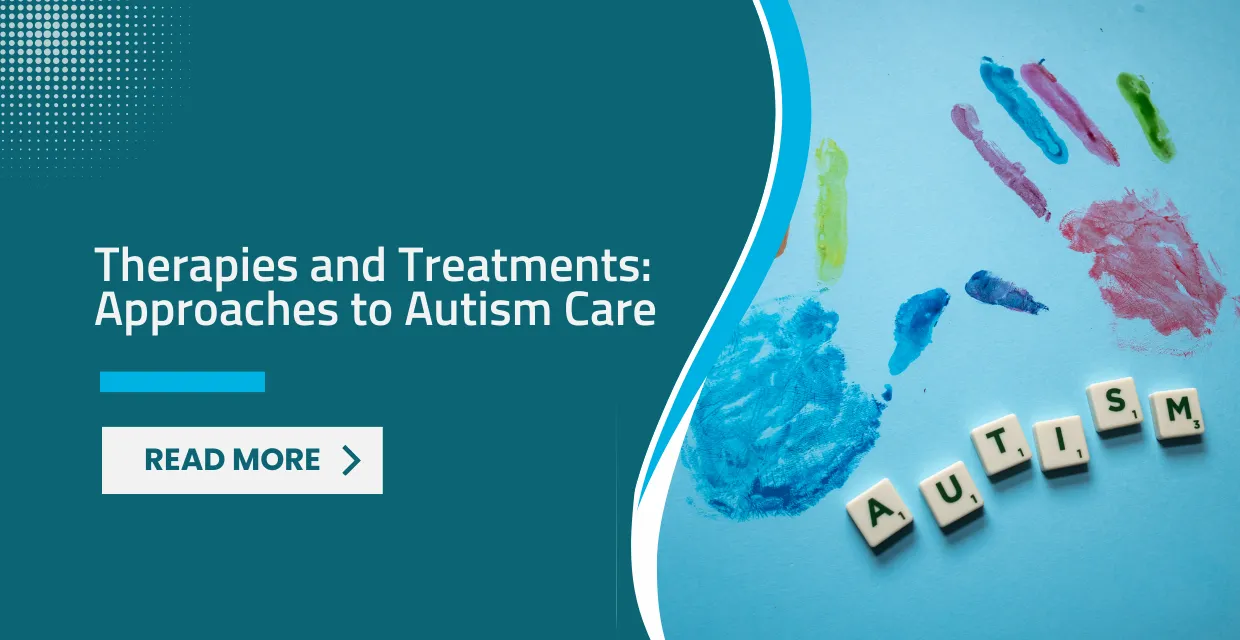The Importance of Regular Gynecological Check-Ups
Regular gynecological check-ups are a cornerstone of women's health, offering a proactive approach to detecting, treating, and preventing a wide range of health...

Autism Spectrum Disorder (ASD) is a complex developmental condition marked by challenges in social interaction, speech, nonverbal communication, and the presence of repetitive behaviors. Given the spectrum nature of autism, the therapeutic needs vary widely among individuals. Consequently, a multidisciplinary approach is often adopted to tailor interventions that address the unique needs of each individual. The best Hospital in Kenya increasingly incorporating comprehensive autism care programs that utilize a variety of therapies and treatments.
ABA is a widely recognized treatment for individuals with autism, focusing on improving specific behaviors such as social skills, communication, reading, and academics, as well as adaptive learning skills. ABA techniques can encourage positive behaviors and discourage negative behaviors, making it a versatile approach to autism care.
ESDM is an early intervention approach that integrates ABA principles with developmental and relationship-based approaches. It's designed for children aged 12 to 48 months and involves parents and therapists working together in natural play and daily routines to bolster positive social, language, and cognitive skills.
DIR, also known as Floortime, focuses on helping children reach their developmental milestones through play and relationships with caregivers. It emphasizes the importance of emotional and relational development, aiming to build healthy foundations for social and emotional growth.
TEACCH uses visual cues such as picture cards to teach skills. The program is tailored to the individual, emphasizing adaptation to the child's skills and interests. It is often implemented in a classroom setting, providing a structured environment that helps students with ASD understand expectations and engage in activities.
PECS is an augmentative-alternative communication (AAC) technique where children with autism learn to communicate using pictures. This system can be particularly beneficial for those who are non-verbal or have significant speech delays.
Speech therapy addresses challenges with speech and language skills, which are common in individuals with autism. Therapists work to develop the individual's ability to express themselves effectively and understand others.
Occupational therapy focuses on improving the individual's ability to perform daily tasks by enhancing their motor skills, sensory processing, and planning abilities. It's especially beneficial for developing self-care skills such as dressing, eating, and personal hygiene.
Physical therapy aims to improve motor skills, balance, coordination, and strength through physical activities. It's essential for individuals with autism who experience physical challenges or developmental delays in mobility.
Empowering families with knowledge and skills is crucial in autism care. Family support and training programs are designed to teach families about autism, effective communication strategies, and behavior management techniques. This not only aids the child's development but also helps families navigate the emotional and practical challenges of living with autism.
While there is no specific "autism diet," some families report improvements in behavior and symptoms with dietary modifications, such as gluten-free or casein-free diets. However, any dietary changes should be made under the guidance of a healthcare professional to ensure nutritional needs are met.
Medications may also be used to manage co-occurring symptoms or conditions such as anxiety, depression, ADHD, and sleep disturbances. It's important to approach medicinal treatments with caution, considering potential side effects and the individual's overall health profile.
Autism care requires a personalized, multifaceted approach that addresses the wide range of symptoms and challenges associated with the spectrum. From behavioral and educational therapies to therapeutic interventions and family support, each element plays a vital role in supporting the development and well-being of individuals with autism. In Kenya, hospitals and specialized centers are recognizing the importance of comprehensive care programs, providing hope and support to individuals with autism and their families. Through collaborative care, expert guidance, and a supportive community, individuals with autism can achieve their full potential and lead fulfilling lives.
Partager cet article